Disclosure: This article contains affiliate links. We may earn a commission from purchases at no extra cost to you, which helps our travel content.
The first time I glimpsed Sidi Bou Said from the coastal road, I was reminded of a cricket match in Santorini I'd covered years ago – that same striking contrast of whitewashed buildings against the deep blue Mediterranean, yet with an unmistakable North African character that sets this Tunisian gem apart. After decades traversing the globe for sports journalism, I've developed an appreciation for places where cultural preservation and natural beauty converge. Sidi Bou Said delivers this convergence with understated elegance. Perched dramatically on a cliff overlooking the Gulf of Tunis, this blue-and-white village offers a refined escape that blends Andalusian, Ottoman and Mediterranean influences into something uniquely Tunisian. While my usual travels involve hiking boots and conservation areas, this week-long luxury sojourn with an old colleague from my cricket-reporting days revealed Sidi Bou Said's capacity for Mediterranean opulence that rivals anything I've experienced in Positano or Santorini – but with fewer crowds and a cultural richness that feels refreshingly authentic.
Cliff-Top Luxury: Where to Stay in Sidi Bou Said
After years of press-box accommodations and functional hotel rooms during tournament coverage, I've developed an appreciation for properties that honor their cultural context while delivering refined comfort. Sidi Bou Said excels in this regard, with boutique offerings that transform historic homes into intimate luxury experiences.
My home for the week was Dar Said, a meticulously restored 19th-century mansion that cascades down the village hillside in a series of terraces and courtyards. What distinguishes this property isn't just the panoramic Mediterranean views from its pool terrace, but how the management has preserved authentic architectural details – intricate blue-and-white tilework, carved wooden ceilings, and traditional mousharabieh screens – while subtly integrating modern comforts. My suite featured hand-crafted furnishings from Tunisian artisans alongside discreetly positioned climate control and lighting systems.
For those seeking even more exclusivity, Villa Bleue offers just six suites in an atmosphere that feels more like a private residence than a hotel. What impressed me most was their personalized service – the staff arranged a private calligraphy lesson with a local artist after hearing about my interest in Arabic script during a casual conversation at breakfast.
While photographing the village's famous blue doors, I stumbled upon La Villa restaurant and small hotel, where the rooftop terrace provides what might be the village's most spectacular sunset view. The travel tripod I brought proved essential for capturing those golden hour moments without missing the experience myself – its carbon fiber construction made carrying it up and down Sidi Bou Said's steep lanes remarkably effortless.
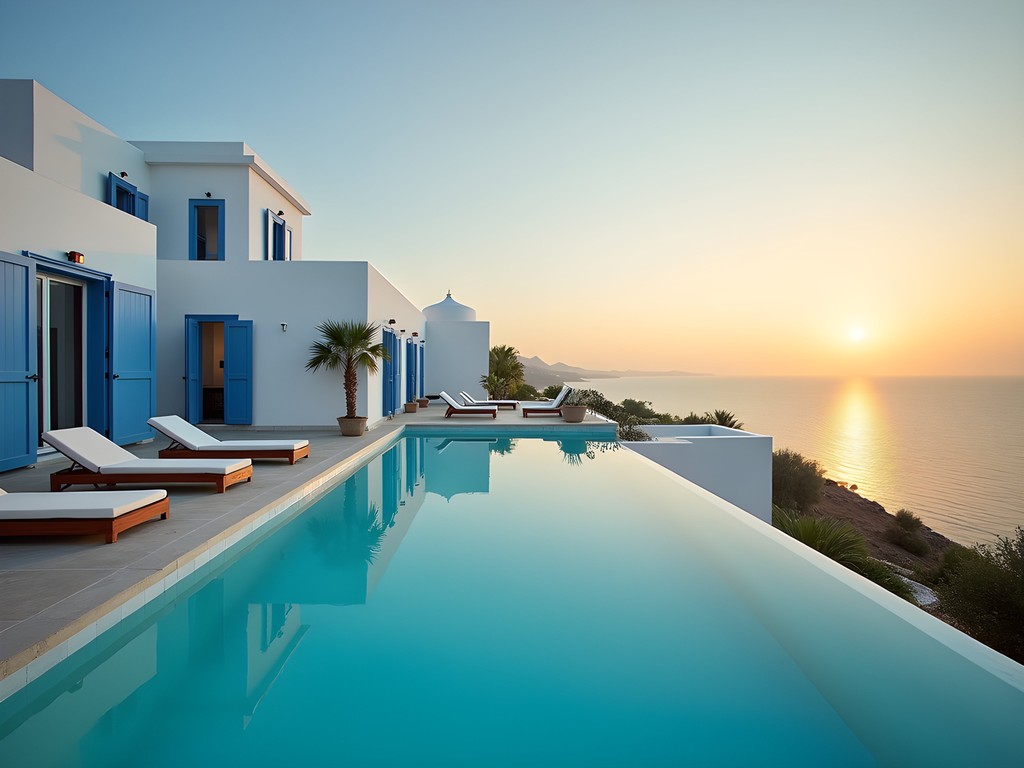
💡 Pro Tips
- Book accommodations with sea views – the premium is worth every dinar for the sunrise vistas
- Request rooms with traditional architectural features for the most authentic experience
- Consider splitting your stay between two properties to experience different perspectives of the village
Culinary Journeys: From Street Food to Fine Dining
The intersection of cultures that defines Tunisia's history is perhaps most deliciously expressed through its cuisine. In Sidi Bou Said, this culinary heritage receives both traditional and contemporary treatment, creating a gastronomic landscape as varied as the village's views.
For an elevated take on Tunisian classics, Dar Zarrouk offers a dining experience that matches its spectacular cliff-top setting. Here, I enjoyed a modern interpretation of brik (a thin pastry filled with egg and tuna) that maintained the satisfying crunch of street versions but with the refinement of perfectly sourced ingredients. Their slow-cooked lamb shoulder with dried fruits and aromatic spices demonstrated the Berber influence on Tunisian cuisine with remarkable depth of flavor.
What surprised me most was finding culinary excellence in unexpected places. Au Bon Vieux Temps, hidden in a quiet lane, serves Mediterranean dishes with North African accents in a garden setting where bougainvillea cascades over ancient stone walls. Their sea bass baked in salt crust with preserved lemon was a masterclass in simplicity and technique.
Even with these refined options, I couldn't resist the authentic charm of Café des Délices, made famous in a French pop song but worthy of attention for its mint tea service and panoramic terrace. Watching the traditional preparation – tea poured from great heights between small glasses to create a frothy top – while overlooking the Gulf of Tunis became my evening ritual.
For capturing these culinary moments, my smartphone lens kit proved invaluable, allowing me to document plating details and sweeping vistas with equal clarity without disrupting the dining atmosphere.
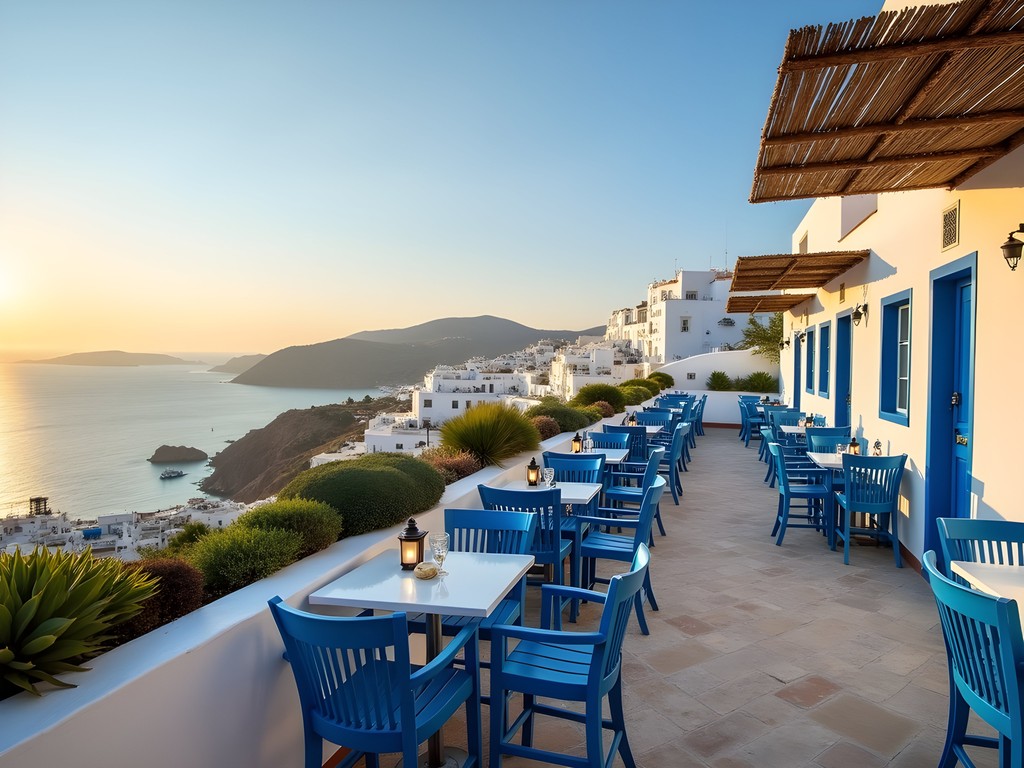
💡 Pro Tips
- Make reservations for cliff-side restaurants at least a day in advance for sunset tables
- Request the chef's tasting menu at Dar Zarrouk for the most comprehensive exploration of Tunisian flavors
- Visit Café des Délices in late afternoon when the light is golden but before the evening crowds arrive
Maritime Pleasures: Private Sailing and Coastal Experiences
Having spent countless hours watching cricket matches unfold with methodical patience, I've learned to appreciate experiences that allow similar contemplation of beauty over time. In Sidi Bou Said, the Mediterranean itself becomes such a canvas, changing colors and moods throughout the day in ways that reward patient observation.
Arranging a private sailing excursion proved surprisingly straightforward through my hotel concierge. Captain Malik, a former Tunisian national sailing team member, took us aboard his meticulously maintained wooden gulet for a day exploring the coastline. Departing from the nearby Port of Sidi Bou Said, we sailed past the archaeological site of Carthage, gaining a perspective of these ancient ruins that land-bound tourists never experience.
The highlight came when we anchored in a secluded cove between Sidi Bou Said and Gammarth. Here, the water achieves a clarity and color that defies adequate description – a blue so intense and transparent it seemed artificially enhanced. A simple lunch of grilled sea bream, prepared onboard and served with local organic olive oil and lemon, tasted transcendent in this setting.
For those preferring to keep their feet on solid ground, the marina at Sidi Bou Said offers sunset cruises on traditional fishing boats converted for tourism – a more accessible but still enchanting way to experience the coastal perspective.
During these maritime adventures, my waterproof camera proved invaluable, capturing underwater scenes and boat-deck moments without worry. Its GPS tagging feature has also created a perfect map of our sailing route that I'll treasure alongside the memories.
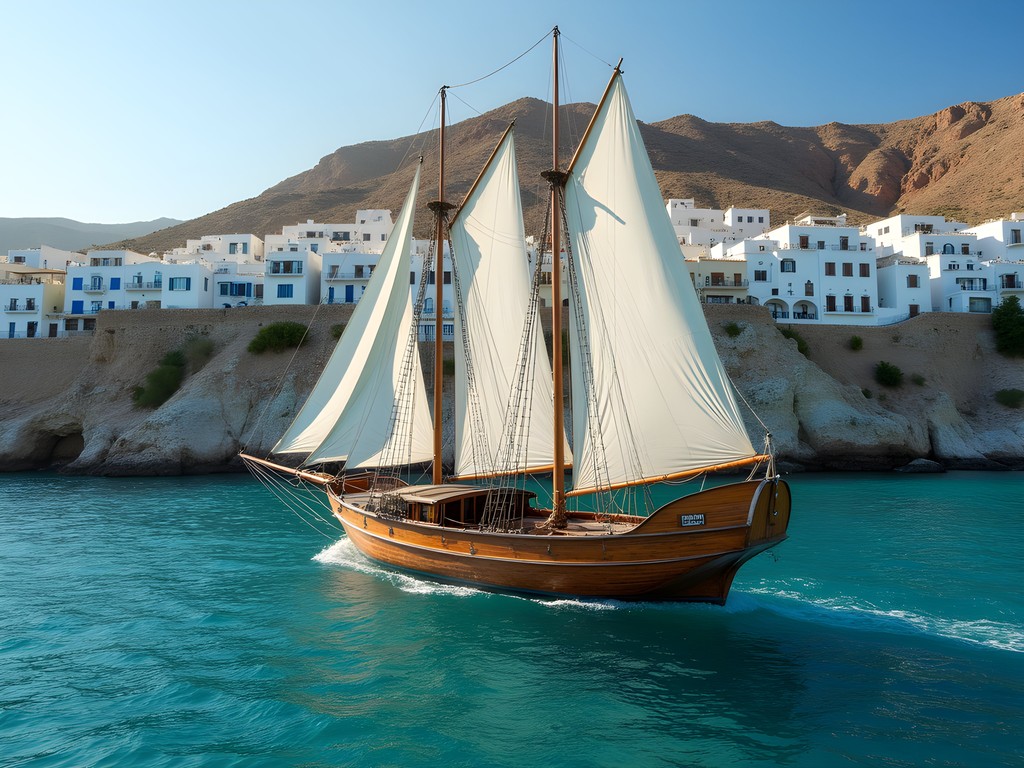
💡 Pro Tips
- Book private sailing excursions at least three days in advance during summer months
- Request a late afternoon departure for the most dramatic lighting on the white-and-blue coastline
- Bring extra layers even in summer – the sea breeze can be surprisingly cool once you're on the water
Artisanal Treasures: Beyond the Tourist Trinkets
My years documenting cricket's cultural contexts across South Asia taught me to look beyond obvious souvenirs to find authentic artistic expressions. Sidi Bou Said rewards this approach richly, with a concentration of artisans working in traditional and contemporary forms that reflect Tunisia's diverse heritage.
The village's reputation as an artists' haven dates back to the early 20th century when painters like Paul Klee and August Macke discovered its unique light and architecture. This legacy continues in the studios tucked away in the village's quieter lanes. I spent a fascinating afternoon with Hatem El Mekki, a third-generation ceramic artist whose contemporary interpretations of traditional patterns have been exhibited internationally. His studio shop offers pieces that transcend typical tourist fare – investment-worthy art that tells a story.
For textiles, Maison de Artisan showcases fouta towels and bedspreads woven using techniques unchanged for centuries. What distinguishes their collection is the quality of materials and the subtle innovation in traditional patterns. I purchased several as gifts, appreciating how they combine cultural authenticity with contemporary utility.
Perfume enthusiasts should visit Essence de Jasmin, where Leila creates scents inspired by Tunisia's botanical heritage. Her jasmine and orange blossom compositions capture the essence of Mediterranean summers in bottles more meaningful than international luxury brands.
The most unexpected find was a small workshop where Amine crafts musical instruments, including the traditional oud. Watching his hands shape wood with tools inherited from his grandfather provided a powerful reminder of how craftsmanship connects generations across time.
To protect these fragile purchases during travel, my packing cubes proved essential, allowing me to organize and cushion delicate items within my luggage while maximizing space.
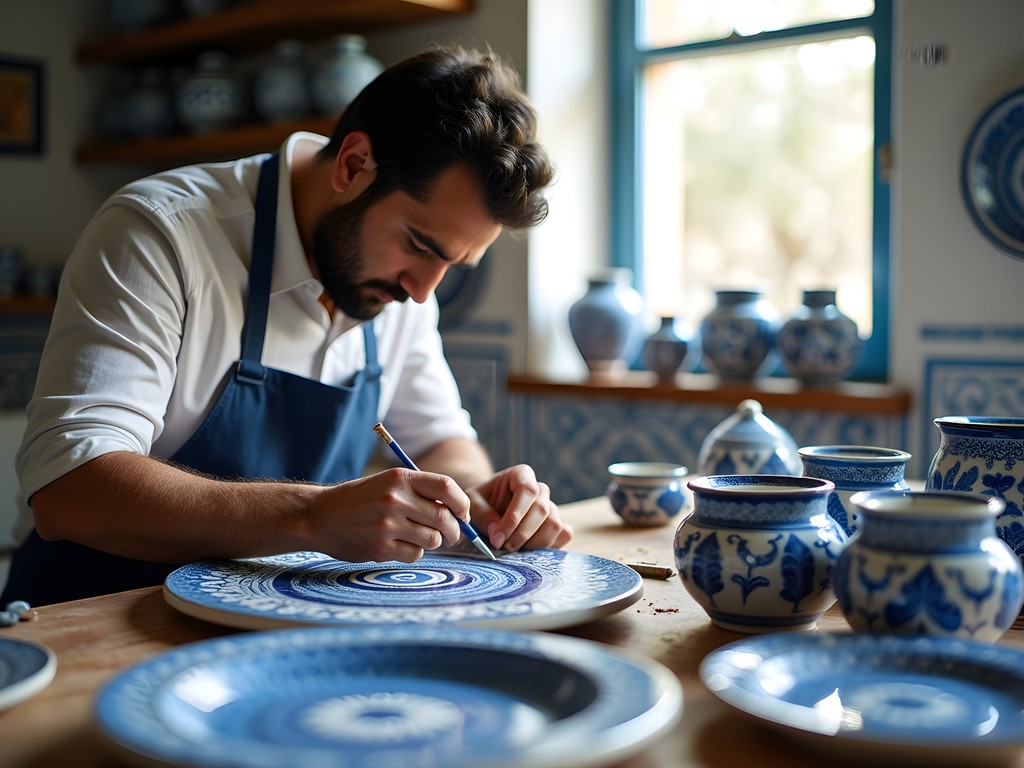
💡 Pro Tips
- Visit artisan workshops in early morning or late afternoon when they're least crowded with tour groups
- Ask about shipping options for larger purchases – many studios offer reliable international delivery
- Look for the government certification seal that guarantees authentic handmade Tunisian craftsmanship
Cultural Immersion: Private Experiences Beyond the Ordinary
The true luxury of travel often lies not in material comforts but in access to authentic cultural experiences that most visitors never encounter. In Sidi Bou Said, the right connections can transform a pleasant vacation into a profound cultural immersion.
Through my hotel's concierge, I arranged a private evening of traditional Tunisian music in the courtyard of a restored historic home. Under a canopy of stars, with jasmine scenting the air, musicians performed malouf – the classical Andalusian-influenced music that arrived with Muslim and Jewish refugees from Spain centuries ago. The intimate setting allowed for conversation with the musicians about their training and the evolution of this musical tradition.
Another memorable experience came through a private cooking class with Chef Zied, who has worked in Michelin-starred restaurants across Europe before returning to Tunisia to celebrate his culinary heritage. Rather than a standard cooking school setup, this took place in his family home, beginning with a visit to his favorite spice merchant in the nearby market. Learning to balance harissa, preserved lemon, and delicate floral waters in traditional dishes provided insights into Tunisian culture no restaurant meal could offer.
For those interested in Tunisia's remarkable history, I recommend arranging a private guide for the nearby archaeological site of Carthage. Dr. Mounir, an archaeologist who has worked on excavations there for decades, provided context that transformed stone ruins into a vivid understanding of this once-mighty Mediterranean power.
Perhaps most special was an invitation to join a local family for Iftar during Ramadan, which coincided with my visit. The generosity of spirit and the rituals surrounding this breaking of the fast offered a window into contemporary Tunisian life that transcended tourist experiences.
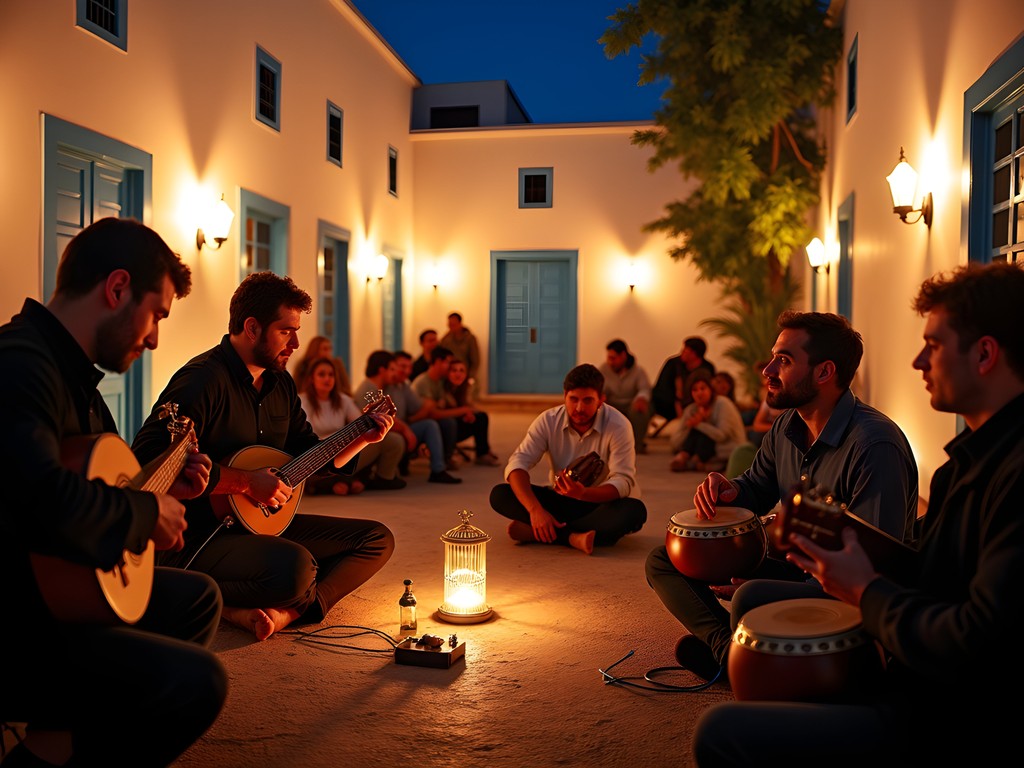
💡 Pro Tips
- Request special experiences through hotel concierges rather than booking standard tours online
- Express genuine interest in specific aspects of Tunisian culture when speaking with locals – many will happily make introductions to relatives or friends with expertise
- Consider timing your visit to coincide with local festivals or religious observations for unique cultural insights
Final Thoughts
As my week in Sidi Bou Said drew to a close, I found myself lingering over a final mint tea at Café des Délices, watching the Mediterranean shift through impossible shades of blue. This village offers a rare combination – the refined luxury of Europe's most celebrated coastal destinations with the cultural depth that only North Africa can provide. What distinguishes a truly luxurious experience isn't merely thread counts and champagne service, but access to authentic beauty and culture in settings of uncommon comfort. By this measure, Sidi Bou Said stands among the Mediterranean's most opulent destinations, yet remains refreshingly unspoiled by mass tourism. For couples seeking connection – both with each other and with a place of genuine character – these blue-and-white lanes offer a backdrop for memories that will endure long after tans fade and suitcases are unpacked.
✨ Key Takeaways
- Luxury in Sidi Bou Said comes with cultural authenticity that more developed Mediterranean destinations often lack
- Private experiences arranged through local connections provide the most meaningful engagement with Tunisian culture
- The village rewards those who stay longer and explore beyond the main street, especially in early morning and evening hours
📋 Practical Information
Best Time to Visit
May-June or September-October for ideal temperatures and fewer crowds
Budget Estimate
$400-600 per day for luxury accommodations, fine dining and private experiences
Recommended Duration
5-7 days to fully appreciate the village rhythm and surrounding attractions
Difficulty Level
Easy
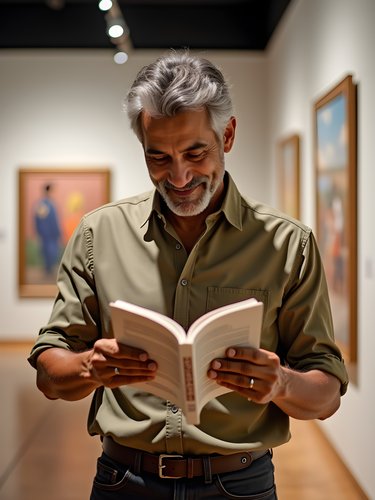

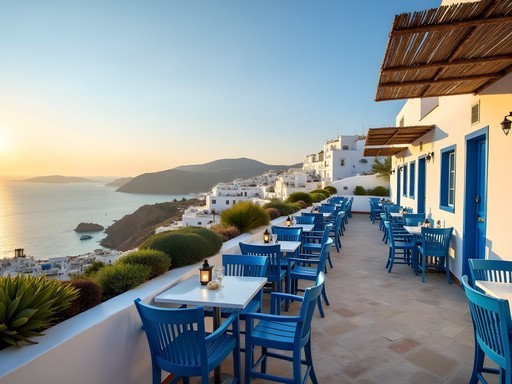
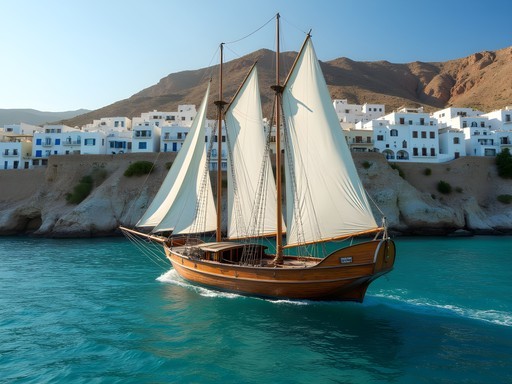
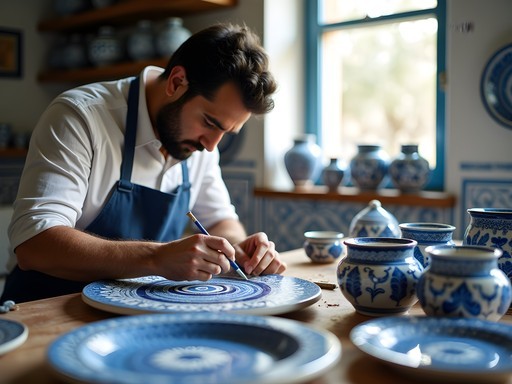
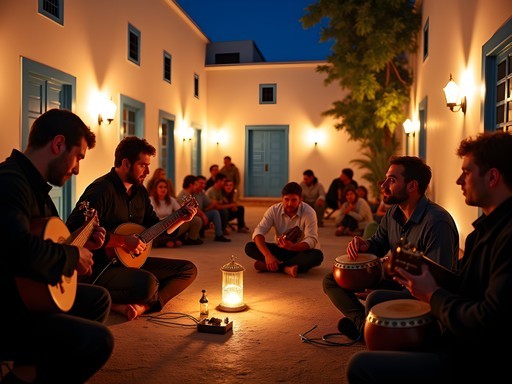


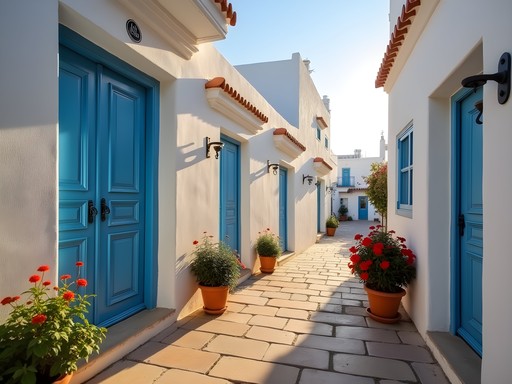
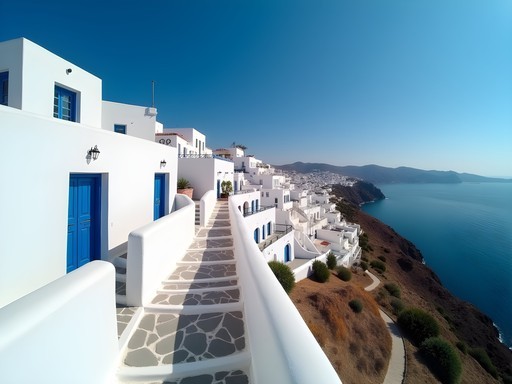
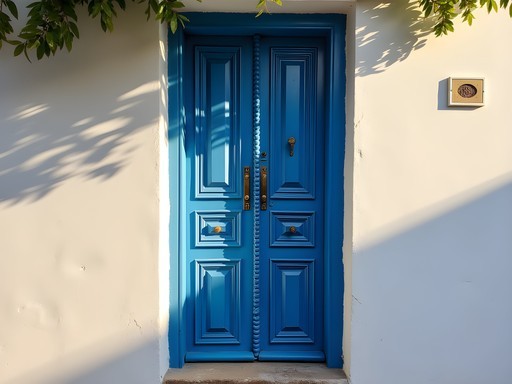




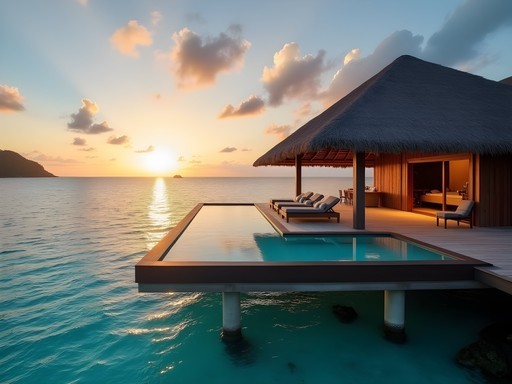
Comments
islanddiver
Just got back from Tunisia last month and spent 3 days in Sidi Bou Said! The private sailing experience mentioned in the article is 100% worth it. We booked through our hotel (stayed at La Villa Bleue) and had the most amazing afternoon cruising along the coast. The captain took us to a secluded cove where we swam and then served us the most incredible seafood lunch with local wine. Not cheap but definitely a highlight of our trip! Also, don't miss trying the bambalouni (Tunisian donuts) from the little stand near the main entrance to the old town - best when fresh and hot with a sprinkle of sugar. I used my travel journal to sketch some of those gorgeous doorways Amit mentioned. The blue against white is just so photogenic!
travelninja
Those bambalouni sound amazing! Were they similar to Greek loukoumades?
islanddiver
Yes, very similar but a bit lighter in texture! The vendor we found makes them right in front of you so they're piping hot. Just follow your nose near the main square!
starstar
This looks incredible! When would you say is the best time to visit? I'm thinking about a trip next spring but worried about crowds.
Amit Sullivan
Spring is actually perfect! May-June has beautiful weather without the intense summer heat, and you'll avoid the July-August crowds. The jasmine starts blooming then too, which adds another sensory dimension to those evening strolls.
starstar
That sounds perfect! Booking flights now 😊
Casey Andersson
Amit, your piece transported me right back to my stay in Sidi Bou Said last summer! I completely agree about Dar Said - those panoramic views from the terrace are unforgettable. For anyone planning a visit, I'd add that booking a private dinner on one of the hotel terraces is absolutely worth the splurge. We had a candlelit meal at sunset with nothing but the Mediterranean stretching before us, and it remains one of my most cherished travel memories. The staff arranged everything with local flowers and musicians playing traditional instruments. One tip: even if you're staying at a luxury property, take time to wander the back streets away from the main tourist path - we discovered the most charming little workshops where artisans were creating the blue bird cages mentioned in your article. They're much more authentic (and affordable) than the ones in the main square!
travelninja
Those white and blue buildings are just stunning! Adding Sidi Bou Said to my bucket list ASAP!
Casey Andersson
You absolutely should! I visited last year and it's even more magical in person. The colors are so vibrant they almost hurt your eyes on a sunny day!
travelninja
Thanks Casey! Did you stay in one of those cliff-top hotels mentioned in the article?
wildking
Your section on private sailing experiences caught my eye. Were they really worth the splurge? And did you book in advance or once you arrived?
Amit Sullivan
Absolutely worth it! The perspective of seeing Sidi Bou Said from the water is magical. I booked through my hotel 3 days in advance, but in high season I'd recommend booking earlier. The sunset cruise with dinner was particularly special - they prepared fresh sea bream caught that morning.
sunsetperson
That Café des Délices view looks incredible! Is it as good as it seems or just a tourist trap?
springwanderer
Not Amit, but I've been! It's definitely touristy and a bit pricey for Tunisia, but that view is 100% worth it. Go late afternoon when the light hits the water just right. The mint tea is excellent!
sunsetperson
Thanks for the tip! Will definitely add it to my list. Any other must-visit cafes?
springwanderer
Try Café El Alia - it's less known but has amazing views too, and the locals actually go there!
sunnyrider
Great post! How safe did you feel as a solo traveler in Tunisia? I'm considering a trip but have some concerns about safety.
Amit Sullivan
I felt very safe in Sidi Bou Said and the tourist areas of Tunis. As with any destination, basic precautions apply - avoid isolated areas at night and be aware of your surroundings. The locals are generally very hospitable and protective of tourists. I'd recommend staying in the heart of Sidi Bou Said rather than outlying areas for your first visit.
sunnyrider
Thanks Amit! That's reassuring. Did you use any specific apps or services to get around?
Amit Sullivan
I used Bolt for taxis within Tunis, and it worked well. For getting around the country, I arranged a driver through my hotel. I also found that having a good offline map was essential - I used Maps.me which had surprisingly detailed coverage of even small streets in Sidi Bou Said.
Jean Wells
Amit, your description of Sidi Bou Said brought back wonderful memories of my visit last year. I found the juxtaposition of Andalusian architecture with North African elements fascinating from an architectural history perspective. I would add that visitors should consider exploring beyond the main street (Rue Hedi Zarrouk) where most tourists congregate. The quiet residential lanes reveal the authentic character of this hillside village. I particularly appreciated your section on artisanal treasures - the filigree silverwork studios you mentioned are indeed worth seeking out. My one recommendation is to visit in shoulder season (April-May or September-October) when the Mediterranean light is still magnificent but the crowds are thinner.
wildking
Jean, when would you say is the absolute best week to visit? Planning a trip for next year and trying to nail down dates!
Jean Wells
I found early October ideal - warm enough to swim but not scorching, and the light for photography is sublime. The jasmine is still in bloom then too.
springwanderer
Those blue and white buildings against the Mediterranean are absolutely stunning! Your photos capture the essence perfectly. I've been dreaming about visiting Tunisia for years!
bluehero
How's the WiFi situation in these luxury places? Need to stay connected for work but want those Mediterranean views!
Megan Martin
I can answer this! The luxury properties have excellent WiFi. I conducted several video conferences from La Villa Bleue without any issues. The cafés in town are hit or miss for connectivity, but Dar Said and Villa Bleue were rock solid for my work needs.
bluehero
That's exactly what I needed to know. Thanks Megan! Workation planning starts now!
Venture X
Premium card with 2X miles, $300 travel credit, Priority Pass